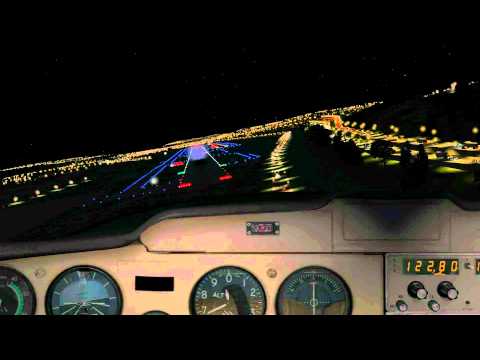
http://www.x-plane.com/downloads/x-plane_10_demo/
Landing behind a Boeing 737 in the (payware) Cessna 152 II from Carenado with not enough safety distance, this is how wake turbulence affected me, I had almost no controls and had to abort my approach.

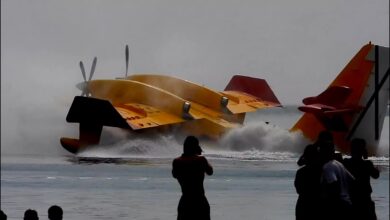
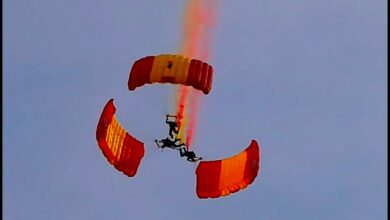
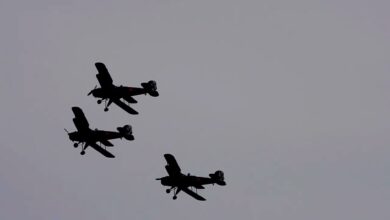
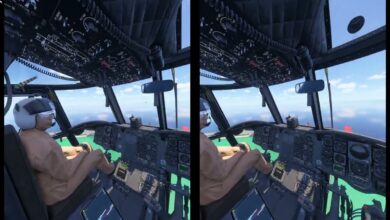
Of Course
what the????
And while I’m still thinking about it for you and anyone else who comes along with the same question, world detail distance being set on low isn’t a problem imo. It just doesn’t draw buildings and trees from as far away as higher settings. The terrain and the streets still render all the way out. The street lights add a nice touch at night.
Unlike in XP9, crucial airport details like the VASI/PAPI glide-slope lights render from pretty far away with that render setting on low.
Hope that helps
Absolutely. Highly suggest anyone to invest in one. Adds to the realism (better than using the mouse or keyboard, that’s for sure).
Is that a trackIR you’re using? The head movement looks so natural. Got my XP a while ago… love every bit of it! Bought the Cessna Super Caravan from Caarenado – it’s GREAT!
Less light inside the plane, better to see outside. Our eyes will be more open and more light from outside will be seen.
Left rudder , right stick…..reports of MSFS death are greatly exaggerated…..it will be back…watch the sky’s
you kidding?! X-Plane is the most realistic simulator for private use. And it’s also authorized for real pilot training by the FAA (in an extended version).
Just imagine if you were behind a 747 or A380.
since when 152 used to have tcas??? 😀
And some people say X-plane is not realistic 😀
That was awesome.
Multiplayer? how does it work?
X-plane is a joke
More of an arcade than a simulator.
duh.
A bit more graphics stuff is in x plane 10.
Yes I know….but, it don’t compare to FSX.
You do know X-plane 10 has a multiplayer right?
I had this same turbulence the other day landing near the coast. Its almosy impossible to deal with it safely.
interesting question 🙂 has anybody experience in this?
looks like Boeing Field in Seattle
LEGAL VÍDEO!
well, I hope you made a go around and did not land in that situation???? :-))
Its «Tcas alert», a collision avoidance system alerting the pilot of other planes nearby
What does it mean when it says «Decaf alert», does it have anything to do with the pilot’s coffee?
woW
Due to FAA investigation you are right about clean configuration. I never was looking closer to it and wonder why is that so. When wing chord is bigger and wingspan is the same the elongation of the wing is lower. When elongation is lower the stronger is the inducted drag. The inducted drag is also bigger at lower airspeeds and it’s a fact proven in equations.In free time i will search for some CFD researches and more info at this area cause it intrigued me.
Why??
Wake Turbulence: Wingtip.
As the name suggests the aircraft creates turbulence in its «wake» (i.e. behind it). Every aircraft creates wake turbulence (WT) as it flies through the air, at take-off, cruise, climb, etc (i.e. all phases of flight). The severity of the turbulence increases as the size of the aircraft increases. So a B747 or A380 will produce much larger WT than a C172 for example. So in this video a small aircraft flying behind a larger one will experience this WT (rotating air coming off each wing tip).
@mjiscool2345 Wrong, it can just as easily happen on final behind larger aircraft that unsettle the air. Standard and simple practice would be to fly a glide path just a little higher than the large plane in front. Take care to note where the plane ahead of you touches down on the runway and aim to touchdown slightly ahead of his touchdown spot.
@mjiscool2345 turbulence can occur on the landing path as well.
thats not wake turbulence lol wake turbulence begins where the jet would take off, or rotate and to avoid it in a single engine prop all you need to do is land before the point at which the jet pilot rotated the aircraft